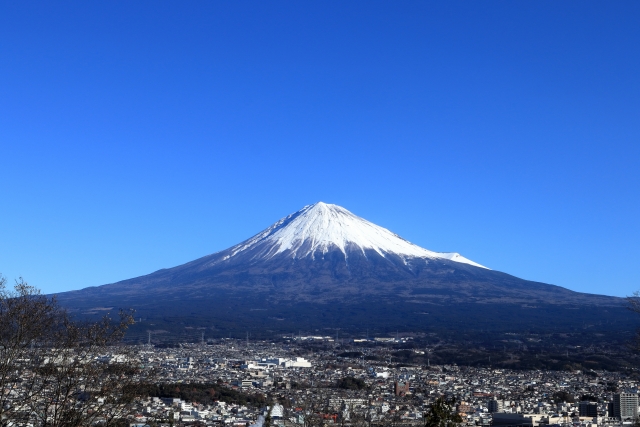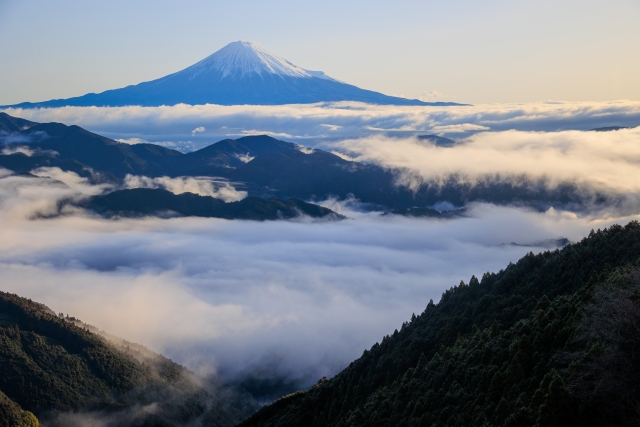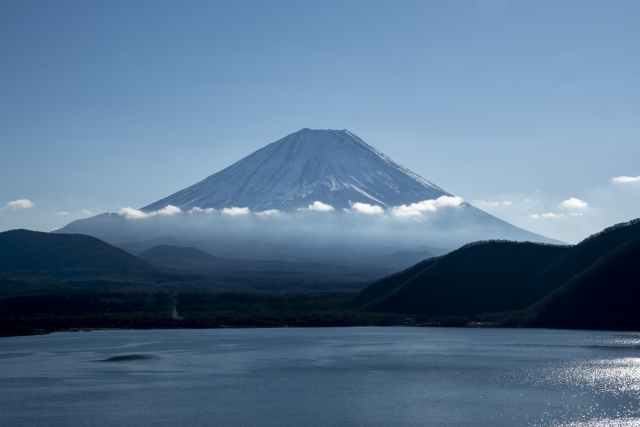
Mount Fuji is a UNESCO World Heritage Site located in Japan. It is an active stratovolcano that stands at 3,776.24 meters (12,389 feet) tall and is the highest mountain in Japan. Mount Fuji is considered a sacred mountain and has been a pilgrimage site for centuries.
In 2013, Mount Fuji was added to the UNESCO World Heritage List as a cultural site. It was recognized for its outstanding universal value as a sacred place and source of artistic inspiration, as well as its role in shaping the culture of Japan. Mount Fuji has been a subject of various art forms, including paintings, literature, and poetry.
Climbing Mount Fuji is a popular activity, with hundreds of thousands of people climbing the mountain every year. The climbing season runs from July to September, and hikers can choose from four main routes to reach the summit. On the mountain, hikers can also visit a number of shrines and temples, as well as enjoy the beautiful natural scenery.
Overall, Mount Fuji is an iconic symbol of Japan and a popular destination for both tourists and locals. Its recognition as a UNESCO World Heritage Site highlights its significance as a cultural and natural landmark of the world.




